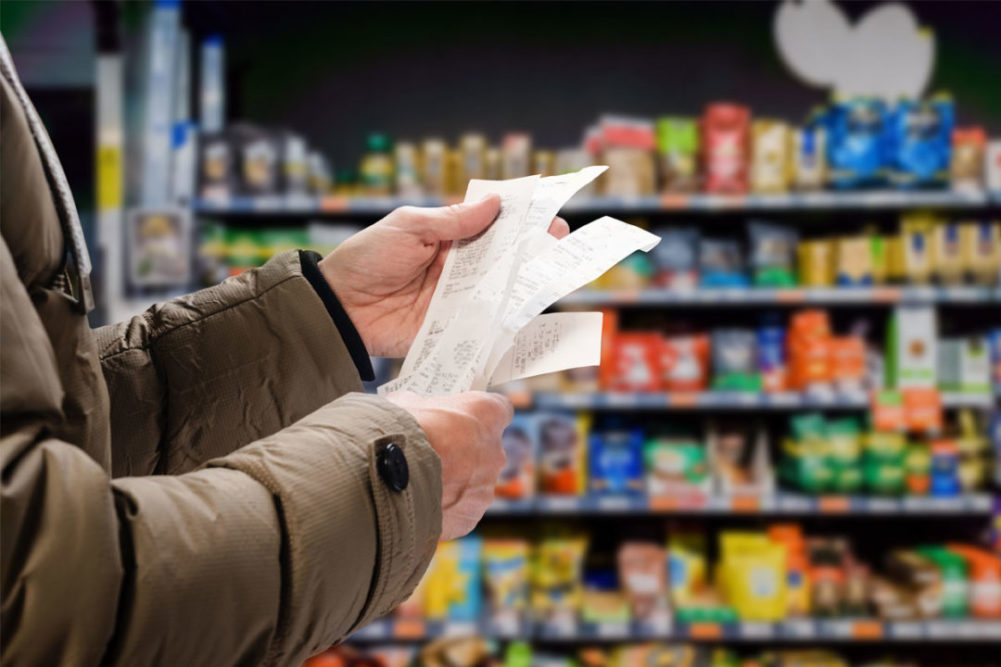With a range of inflationary impacts on the rise, consumers continue to adapt their shopping and purchase behaviors.
IRI found that 93% of shoppers perceive grocery prices to be a little or much higher than last year.
A report from the Hartman Group, U.S. Grocery Shoppers Adjust Holiday Plans in Response to Inflation Concerns, found that 62% of shoppers are spending more at the grocery story compared to a year ago. This financial pinch requires a new management of shopping strategies with 28% looking for deals and 21% buying more store brands.
Concerns about rising food costs find many consumers continuing to cook more at home, a behavior that gained traction during the pandemic. Bakery is also gaining strength from at-home consumption because of ongoing hybrid and remote work.
Despite a perfect storm of impacts, fresh perimeter and center store bakery continue to deliver dollar growth, according to IRI, and the category has outpaced total edible price increases. Bakery perimeter dollar growth outpaced center of store, while unit sales declined for center store bakery. Total Bakery was $41.4B with perimeter posting $16.4B and center store posting $25B. Beyond being practical, baked goods offer high permissibility and are welcomed as a treat in everyday life, a trifecta of sustenance, comfort and indulgence.
Although 9 in 10 Americans are concerned about high grocery, restaurant and gas prices, they consider baked goods an affordable indulgence. ABA found that 84% agree that it’s perfectly fine to treat yourself with baked treats such as cookies, cupcakes, donuts or pie. Sixty-four percent make room in their budgets for an occasional baked treat and 80% see bakery products as an integral part of family traditions, holidays and celebrations.
With 2023 on the immediate horizon, the crystal ball still lacks the clarity many would like to see, but the topics of sustainability, health and inflationary impacts will certainly give industry players plenty to think about in the meantime.

